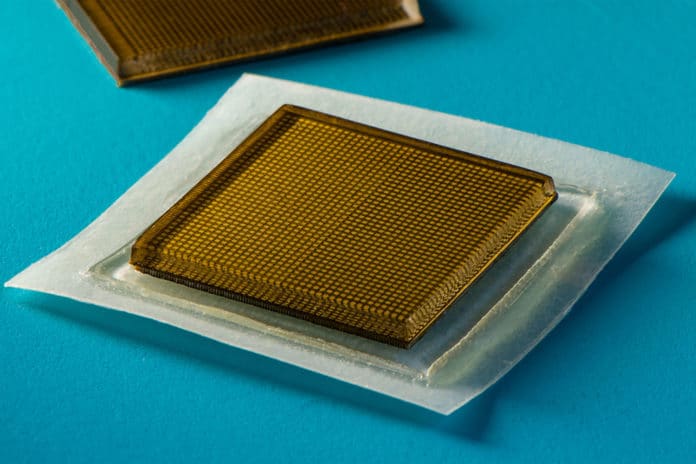Revolutionizing Cellular Imaging
Scientists have unveiled a groundbreaking microscope capable of capturing images with an astonishing resolution of just 5 nanometers. This technological leap promises to revolutionize our understanding of cellular processes, allowing researchers to visualize and analyze the tiniest structures within cells with unprecedented clarity.
Overcoming Traditional Limitations
Traditionally, microscopes have been limited in their ability to delve into the intricate details of the cellular world. Structures as small as 200 nanometers often appeared as blurred and fragmented images. However, this new microscope, developed through a collaboration between the Universities of Göttingen and Oxford, along with the University Medical Center Göttingen, surpasses these limitations by a significant margin.
Unprecedented Resolution and Impact
To put it in perspective, one nanometer compared to one meter is like differentiating a hazelnut from the Earth’s diameter. The microscope’s exceptional resolution enables researchers to visualize cellular components with a level of detail previously unimaginable. By peering into the heart of cells, scientists can now observe and study processes that were once shrouded in obscurity, potentially leading to groundbreaking discoveries in biology, medicine, and beyond.
A Monumental Advancement in Microscopy
This fluorescence microscope, described in detail in the journal Nature Photonics, represents a monumental step forward in microscopic imaging. As researchers harness the power of this new tool, we can anticipate a wave of discoveries that will reshape our comprehension of life at its most fundamental level.







